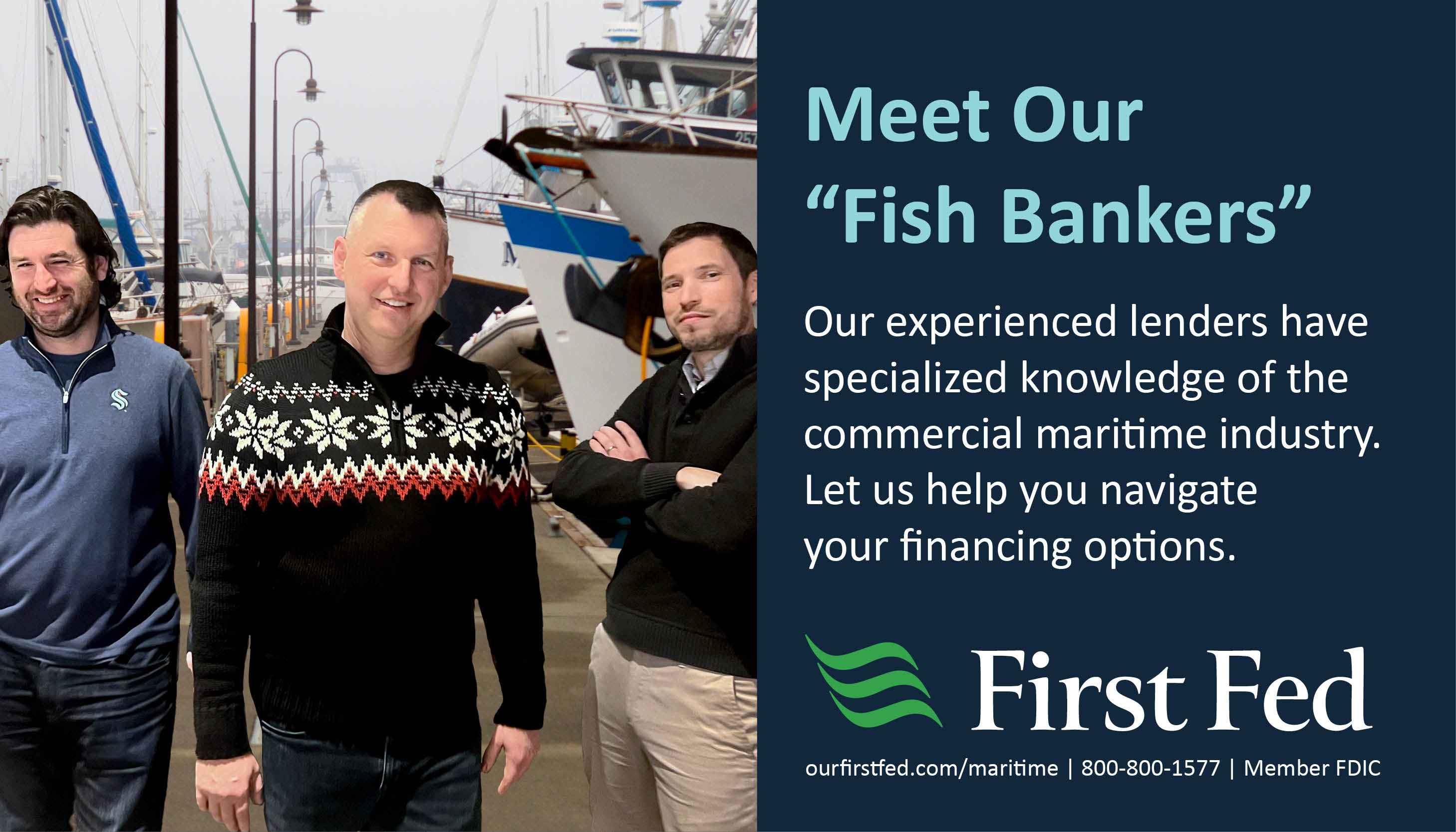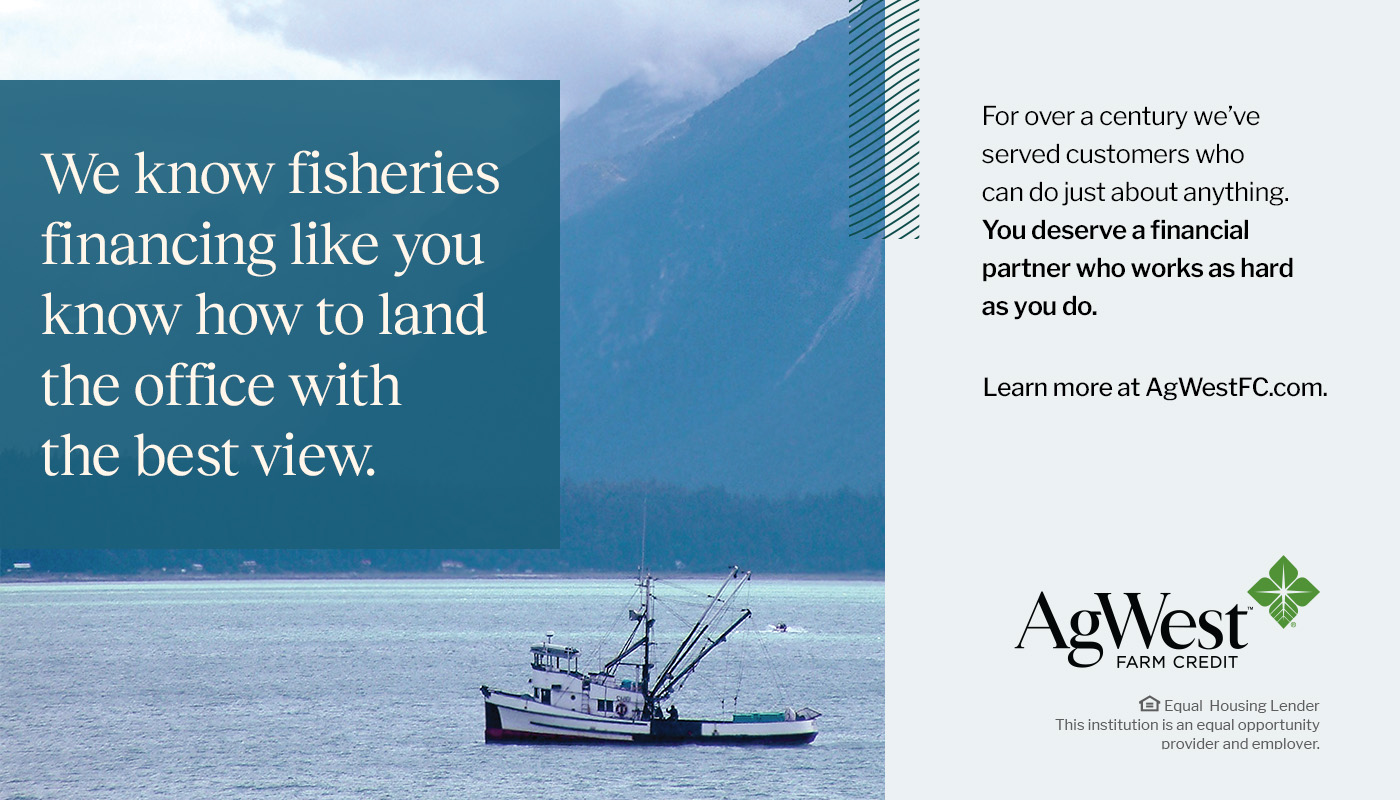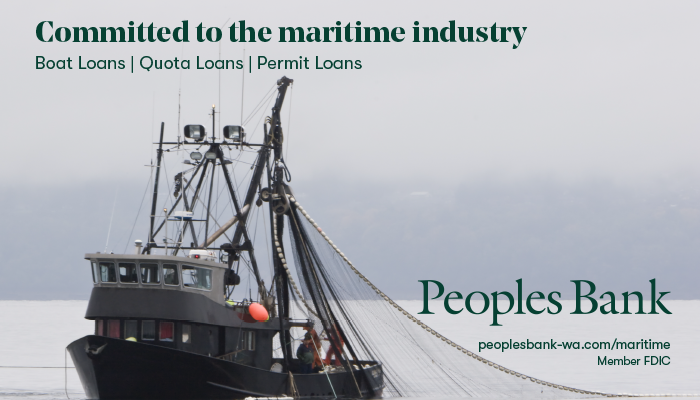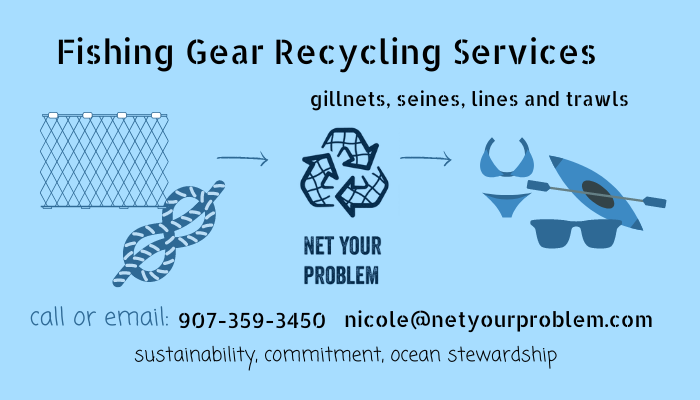Fish Factor by Laine Welch
April 30, 2021
The budget for Alaska’s commercial fisheries division is facing no cuts for the upcoming fiscal year, assuming the current numbers make it through the Legislature.
“The governor's proposed budget is at about $72.8 million, which is a slight increase from the FY21 approved budget. And most of that increase is due to our personnel services, cost of living increases and things like that that are funded by the administration generally. And also from some additional federal funds for training and things like that. So we're looking pretty good compared to past years,” said Sam Rabung, director of the commercial fisheries division, the largest within the Alaska Dept. of Fish and Game, which employs just over 640 full, part-time and seasonal workers.
“We're really relieved because we've been cut pretty close to the bone and any additional significant cuts would impact fisheries directly. We wouldn't be able to do some of the assessment projects required for management and we would have to either close or severely restrict fisheries. And I think everybody understands that,” he said, adding that another bonus will be the reopening of the ADF&G office at Wrangell.
Rabung credited the Dunleavy Administration for taking the time to dig into the details that clearly show Alaska’s fisheries “pay their own way.”
“We’re absolutely encouraged by that,” he said. “There's been a lot of administrations that come in without knowing that the commercial fishing industry pays more into the general fund than we get out as a division to manage it. And because we don't advertise that, it doesn't get talked about much. But commercial fisheries as an industry pays more into the general fund and includes other things like licenses, fees, taxes, assessments, all those things add up to significantly more than we are allocated out of the general fund.”
Rabung added that most Alaskans don’t know that the commercial fisheries division also manages subsistence and personal use fisheries, along with several fisheries in federal waters, such as crab. And because fish are migratory and cross jurisdictional boundaries, staff also are involved in research and policy making activities of the Pacific Salmon Commission, the Joint Canadian/US Yukon River Panel and several other interstate and international fisheries bodies.
Southwest AK Covid survey - How helpful have Covid relief programs been so far to people in Alaska’s vast Southwest region? A short survey aims to find out.
“We really wanted to focus on individual’s experiences, we’re not sending out to local governments, tribal governments, large organizations, things like that. We want to hear what the impacts or results of the Coronavirus was to you personally and to your family,” said Shirley Marquardt, executive director of the Southwest Alaska Municipal Conference (SWAMC) that since 1988 has represented over 45 communities from Kodiak to the Bristol Bay region, the Alaska Peninsula out to Adak, the Pribilof Islands and everywhere in between.
“We want to learn how helpful or accessible were federal, state, local, tribal grants or loan programs, because each community in our region has a different experience, and it's really vitally important that we get a handle on what those were,” she said.
One goal is to create a sort of roadmap to better understand the unique characteristics of an economic disaster in each community and region.
“The second would be how SWAMC can better understand the grants or loan programs, or utility payments for municipalities that were most helpful,” Marquardt explained. “A lot of money went out that wasn't accessible to a lot of folks in our region because we have such limited broadband. And you could only apply online. We want to get a better handle and understanding of how that impacted folks and how to better understand the eligibility requirements and the application process.”
Marquardt said spotty or no broadband service throughout the region kept many people from accessing any benefits.
“We had people who were out fishing and they couldn't apply and they were clearly eligible and truly needed the money. And they were so frustrated because they had to wait. And some of the folks waited and then they were told it was too late,” she said.
The survey, done in partnership with McKinley Research Group, will examine lessons learned and identify strategies to help Southwest communities better withstand and recover from future economic shocks.
“Anyone who lives and works in those communities, has kids in school, has health care concerns, etc., we need to hear from you,” Marquardt said.
Find the survey at www.swamc.org. Respondents can enter to win you a $50 Visa gift card.
Alaska pollock push –Got an idea for making or marketing new pollock products? The Genuine Alaska Pollock Producers (GAPP) aims to create more awareness and demand among consumers in North America and Europe through its Partnership Program by funding new items or helping to get the fish introduced to food influencers and decision-makers at places where it hasn’t previously had visibility.
“It’s our fifth round in North America and our second round in Europe,” said Craig Morris, GAPP chief executive officer.
The group has so far obligated over $5 million to “brand partners” who have created three dozen new pollock products, with $1.5 million available in the current round.
“This year we want to think even bigger, bringing new partners into the program and working to identify new opportunities for more unique products, including those made with surimi and roe,” he said, adding that pollock oil and fishmeal also are in the mix.
“Pollock oils for health supplements or pet food items, we want to hear all the good ideas,” he added.
Morris said that “snacks” best defines the success of the new pollock products that have been funded so far, including such items as Highliner Alaska Wild Wings (a takeoff on Buffalo wings), surimi pastas and Neptune jerky (available at Amazon).
And last year, 7-Eleven worked with GAPP to introduce a crispy fish sandwich during Lent in its 8,000 U.S. outlets that proved to be one of its most popular hot foods. Building on that success, 7-Eleven followed this year with grab and go fish bites - five bite-sized pieces that are panko-crusted and served on a skewer with a side of tartar sauce.
GAPP is featuring a webinar on May 25 for any prospective applicants to help them through the process. Proposals are due by July 20; funding announcements will be made in early September.
Find more information and application forms for its Partnership Program at www.alaskapollock.org/
Price watch – Contrary to usual trends, halibut and sablefish (black cod) prices have increased since the March 6 start of the fisheries. Industry watchers will be interested in knowing that dock prices are regularly posted by Alaska Boats and Permits in Homer.
Halibut prices often are broken out according to weights of 10-20 pounds, 20-40 pounds and 40 up. Here’s a sampler: March 10 at Whittier - $5.50/$5.75; March 16 at Petersburg -$5.75 straight; April 6 at Yakutat - $5.75/$6.00 and $5.75/$6.00/$6.15 at Seward; April 17 at Homer - $6.30/$6.55/$6.85 22; April 22 at Sitka - $5.65/$5.85.
Black cod prices are broken into five weight categories by poundage. Prices on April 17 at Kodiak were <2 $1.05, 2-3 $2.15, 3-4 $2.60, 4-5 $3.00, 5-6 $3.65, 7 ups $5.50 per pound. By April 19 at Homer they were <2 .$0.40, 2-3 $1.50, 3-4 $2.00, 4-5 $2.50, 5-6 $4.00, 7 ups $5.00. On April 22 at Sitka -<2 $1.00, 2-3 $2.10, 3-4 $2.40, 4-5 $2.85, 5-7 $3.65, 7 ups $5.50.






